Vatolina, Nina Nikolaevicha
Born 1915, Kolomna, Russian Empire; died 2002, Moscow, Russia
Nina Vatolina began producing posters in late 1930s and she went to become one of the leading Soviet poster artists of all time. She was a graduate of the Ogiz Technical School for Arts and of the Moscow Art Institute (class of 1942). Vatolina additionally acquired illustration skills from the master poster designer Viktor Deni. In fact, Deni considered Vatolina one of his most talented students. Vatolina married Viktor Deni’s son, Nikolai Denisov. They attended the Moscow Art Institute while it was under wartime evacuation in the city of Samarkand. Many of Vatolina’s early posters are co-signed by Nikolai Denisov as the two worked together until Denisov was drafted into the army. Deifying a national travel ban during the Second World War, Vatolina returned to Moscow where she began producing posters.
The war brought about the need for women to enter the workforce and in graphic design, the female theme became a focal point of propaganda. With hundreds of posters to her credit, perhaps her most iconic is “Ne Boltai!” (Don’t Talk!) with its bright yellow illustration showing a woman holding a finger to her lips. The poster remains a quintessential Soviet wartime image. After the war, Vatolina routinely included women and children in her poster designs. Part of this drive to include children in her posters was that the Soviet Union placed an emphasis on the education of children after the war. In 1954, co-education was instituted while secondary education became universal. By the late 1950s, Vatolina was also designing posters for agriculture, industrialization and the development of the virgin lands of Siberia.
Nina Vatolina authored the books “We Are Posters” (1962), “Walking the Tretiakov Gallery” (1976), and “Landscapes of Moscow” (1983). In 1957 and 1968, solo exhibitions of her work were held in Moscow.
After she divorced Nikolai Denisov, in 1945 she married the artist Max Avadevich Birshtein. Late in life, she admitted (in a 2001 interview with Moscow News) that she held no affection for her work as a poster artist and added that posters she created had been obligatory. While she did make an exception for the posters she designed during the war, painting was her true artistic love.
Fuentes
Russian Posters. (2015). Auction catalogue of Mercer and Middlesex, LLC. New Jersey: Mercer and Middlesex, LLC.
Arskaia. I., et al. (2007). Venera sovetskaia: k 90-letiu Velikoi Oktabrʹskoi socialisticeskoi revolucii. St. Petersburg: Palace Editions. (bio)
Bonnell, V. E. (1999). Iconography of power: Soviet political posters under Lenin and Stalin. Berkeley, Calif: University of California Press.
Baburina, N. I. (1988). The Soviet Political Poster, 1917-1980. New York: Penguin. (bio, artist)
tramvaiiskusstv.ru (bio)
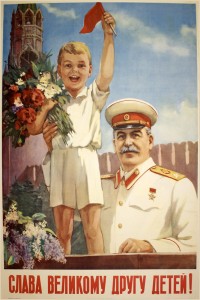
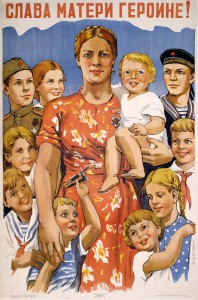
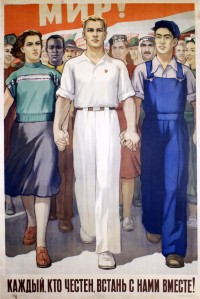
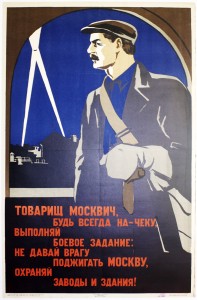
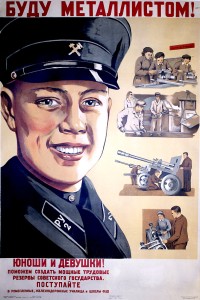

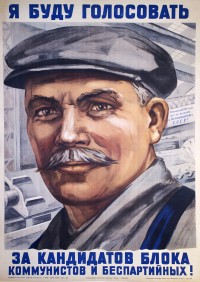
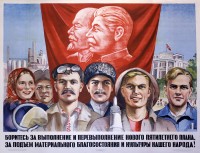
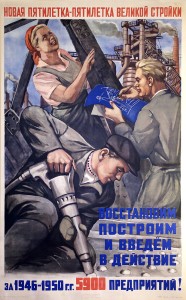
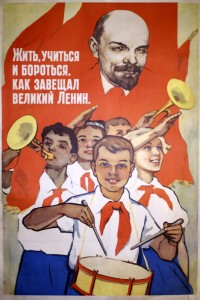
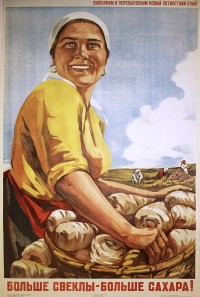
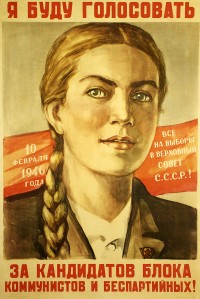
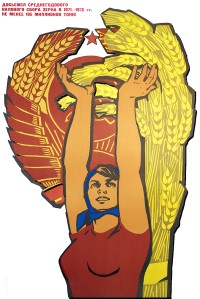
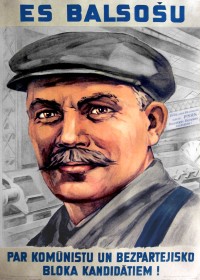
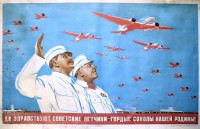
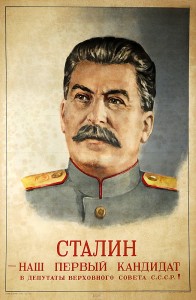
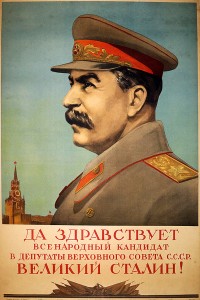
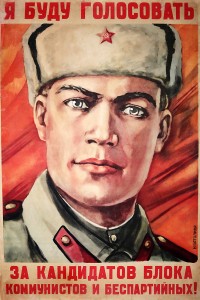
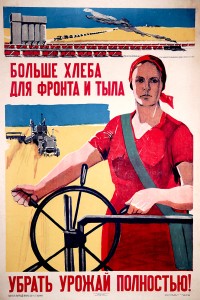
![PP 1148: We wait with [hope] for victory!](https://www.posterplakat.com/thumbs/the-collection/posters/pp-1148/pp-1148-catalog-image-200x286.jpg)